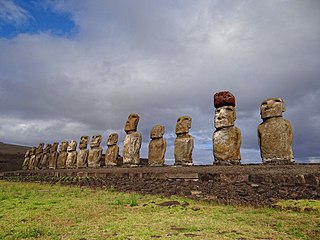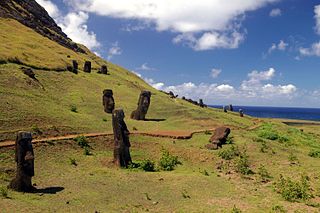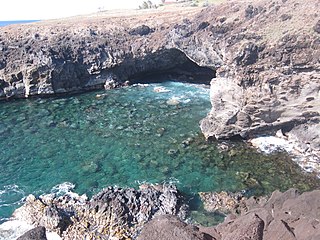6 Sights in Easter Island Province, Chile (with Map and Images)
Legend
Premium Sights
Book tickets, guided tours and activities in Easter Island Province.
Guided Free Walking Tours
Book free guided walking tours in Easter Island Province.
Explore interesting sights in Easter Island Province, Chile. Click on a marker on the map to view details about it. Underneath is an overview of the sights with images. A total of 6 sights are available in Easter Island Province, Chile.
1. Ahu A Tiu (Ahu A Kivi)
Ahu Akivi is a particular sacred place on the Chilean island of Rapa Nui, looking out towards the Pacific Ocean. The site has seven moai, all of equal shape and size, and is also known as a celestial observatory that was set up around the 16th century. The site is located inland, rather than along the coast. Moai statues were considered by the early people of Rapa Nui as their ancestors or Tupuna that were believed to be the reincarnation of important kings or leaders of their clans. The Moais were erected to protect and bring prosperity to their clan and village.
2. Orongo
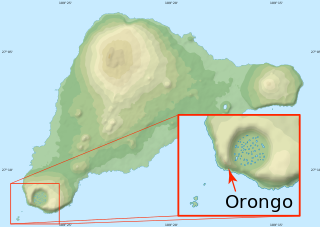
Orongo is a stone village and ceremonial center at the southwestern tip of Rapa Nui. It consists of a collection of low, sod-covered, windowless, round-walled buildings with even lower doors positioned on the high south-westerly tip of the large volcanic caldera called Rano Kau. Below Orongo on one side a 300-meter barren cliff face drops down to the ocean; on the other, a more gentle but still very steep grassy slope leads down to a freshwater marsh inside the high caldera.
3. Ahu Toŋariki
Ahu Tongariki is the largest ahu on Easter Island. Its moais were toppled during the island's civil wars, and in the twentieth century the ahu was swept inland by a tsunami. It has since been restored and has fifteen moai, including one that weighs eighty-six tonnes, the heaviest ever erected on the island. Ahu Tongariki is one kilometer from Rano Raraku and Poike in the Hotu-iti area of Rapa Nui National Park. All the moai here face sunset during the winter solstice.
4. Trompeta de Hiro
Easter Island is an island and special territory of Chile in the southeastern Pacific Ocean, at the southeasternmost point of the Polynesian Triangle in Oceania. The island is most famous for its nearly 1,000 extant monumental statues, called moai, which were created by the early Rapa Nui people. In 1995, UNESCO named Easter Island a World Heritage Site, with much of the island protected within Rapa Nui National Park.
5. Ana Kai Taŋata
Ana Kai Tangata is a sea cave in Easter Island that contains rock art of terns on its ceiling. It is located near Mataveri, and the cave opens up directly to the incoming surf. The cave is accessible and one of the most visited caves in Easter Island.
6. Puna Pau
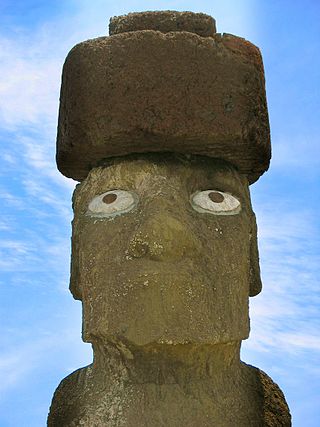
Maunga Puna Pau is a small crater or cinder cone and prehistoric quarry on the outskirts of Hanga Roa in the south west of Easter Island. Puna Pau gives its name to one of the seven regions of the Rapa Nui National Park.
Share
Disclaimer Please be aware of your surroundings and do not enter private property. We are not liable for any damages that occur during the tours.
.jpg)
